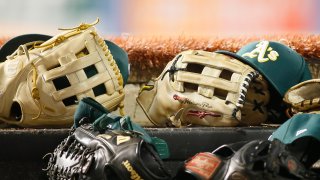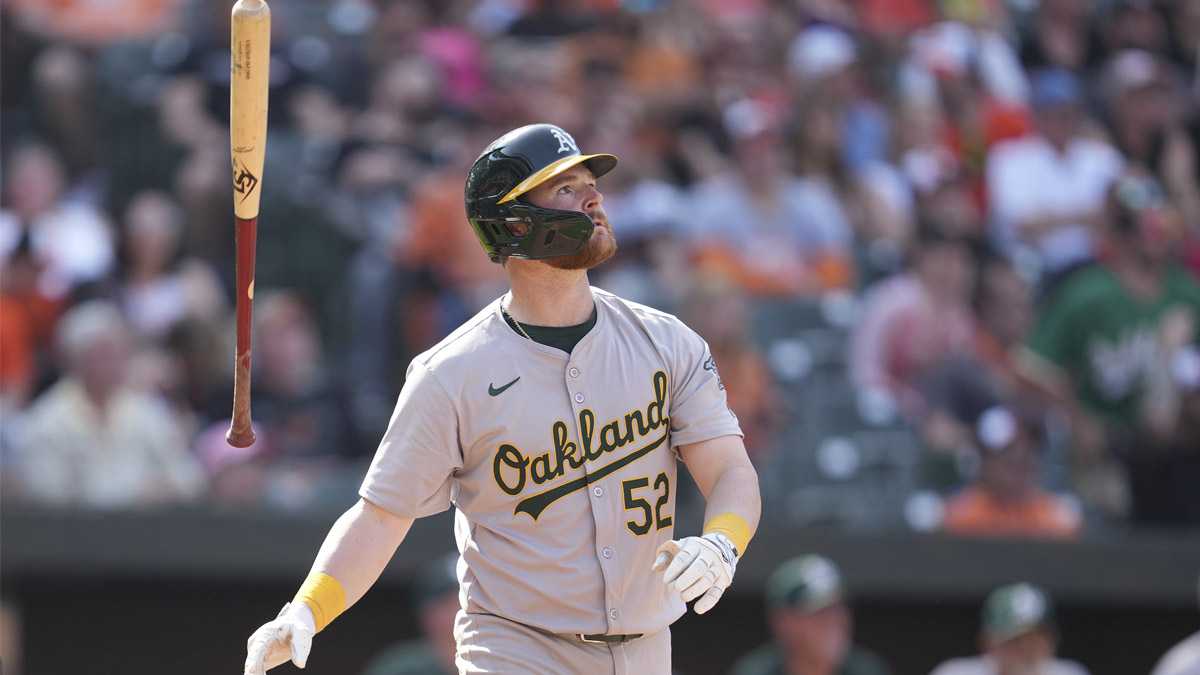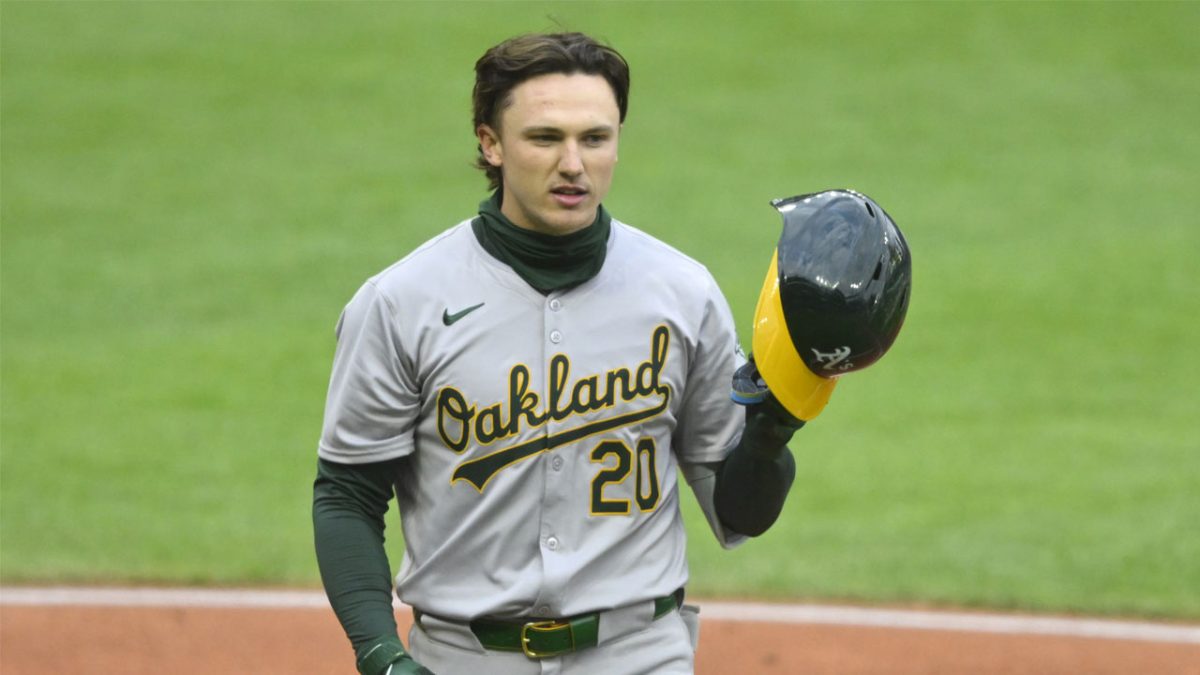
Major League Baseball has just a little more clarity towards what its upcoming season could look like.
Following the CDC’s recommendation on Sunday of keeping crowds across the United States to 50 or fewer for the next eight weeks, MLB said today in a press release: “The opening of the 2020 regular season will be pushed back in accordance with that guideline”.
This past weekend, many A’s players continued workouts on their own. Some had been staying in Arizona, some had already left town. Others already started voluntary isolation out of social responsibility.
Stay in the game with the latest updates on your beloved Bay Area and California sports teams! Sign up here for our All Access Daily newsletter.
All of the ones reached via text message on Sunday were more concerned about the well-being of society than the ramifications of their hard work screeching to a halt.
While a return to baseball is not measurable or imminent at this point, it does seem likely to happen this summer.
The current schedule is getting thrown out
MLB has already officially pushed back Opening Day twice, meaning that the mix of the previous schedule is far imbalanced. It’s almost a guarantee new schedules are being drafted, in varieties from 70 to 130 games.
Oakland Athletics
It’s also likely that travel could be more limited or restricted to accommodate the re-emerging travel and hotel industry, and get more games completed. Basketball and hockey have executed condensed schedules in recent seasons to accommodate labor disputes, but that’s something baseball already pushes the limits of.
Will there be another Spring Training?
With pitchers and hitters needing to get their routines back simultaneously, it would be unlikely that MLB games would begin without a smaller version of Spring Training to precede it.
The “when” and “where” parts of those likely mini-camps are a little more cloudy. Arizona and Florida in June or July (for example) are just not as conducive to outside activity as they are in February.
Meaning that teams could relocate training sessions to their home cities. But therein lies a separate issue, only one accessible diamond and usually one batting cage per MLB stadium.
These are fractions of quantities than teams normally have at their disposal.
[RELATED: Why Semien believes A's have been able to sustain success]
Will fans be allowed into games?
That largely remains to be seen, but at this juncture, it could go either way. If the choice is to play in empty stadiums or play no games at all, MLB clearly will get underway. Another issue is optics.
No matter how resolved society or the economy might be by mid-summer, and no matter how much Americans could use the return of baseball, how would it look to have more than a dozen crowded stadiums on a nightly basis for a country that just spent months practicing social distancing out of precaution?
Could regular seasons see 100 games?
Triple-digits do seem like a worthy aiming point for MLB. There’s something wholesome about that number if 162 can’t be executed. At the same time, even the 81-game mark would have to be seen as acceptable considering the circumstances. All of this makes you wonder, in a typical campaign of baseball where tides change multiple times in the standings, how will team strategies be altered if the entire season is a sprint rather than the usual marathon?


